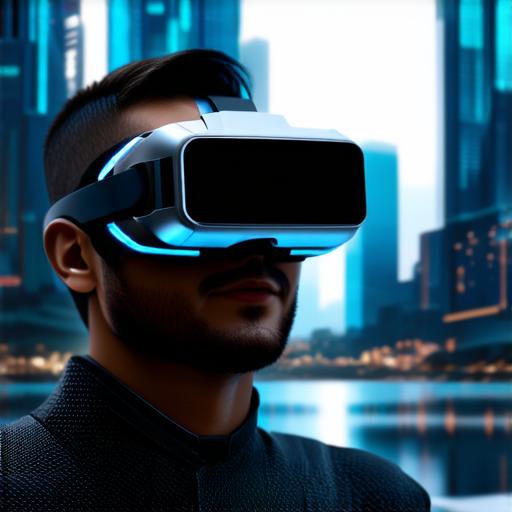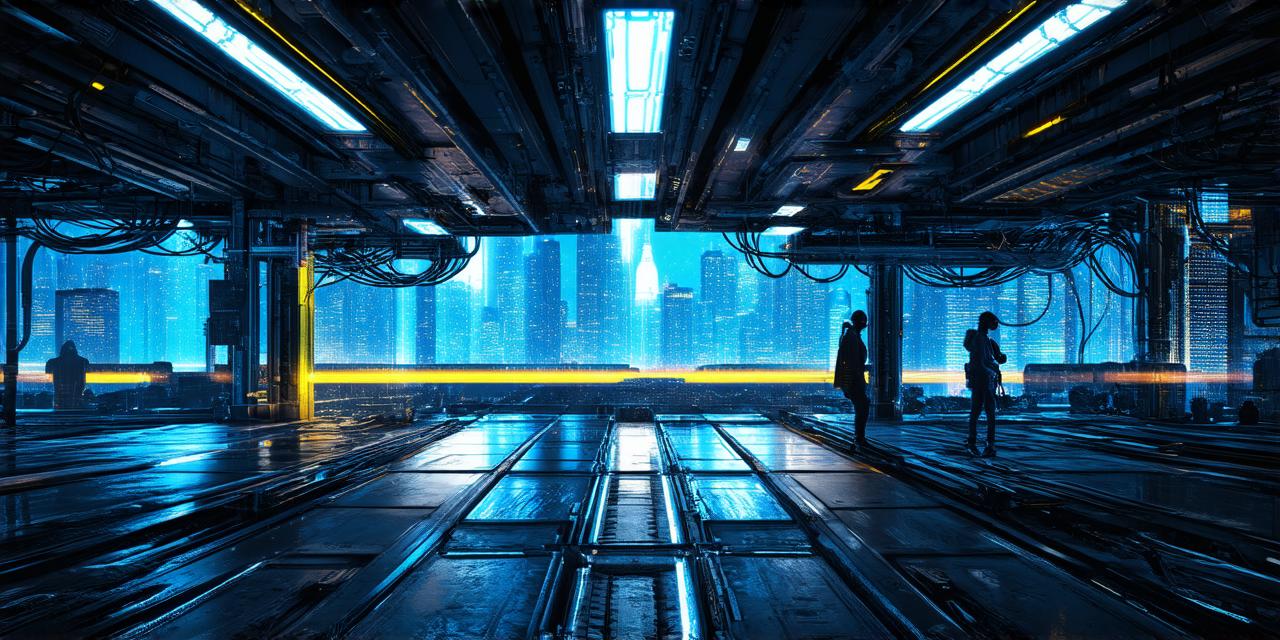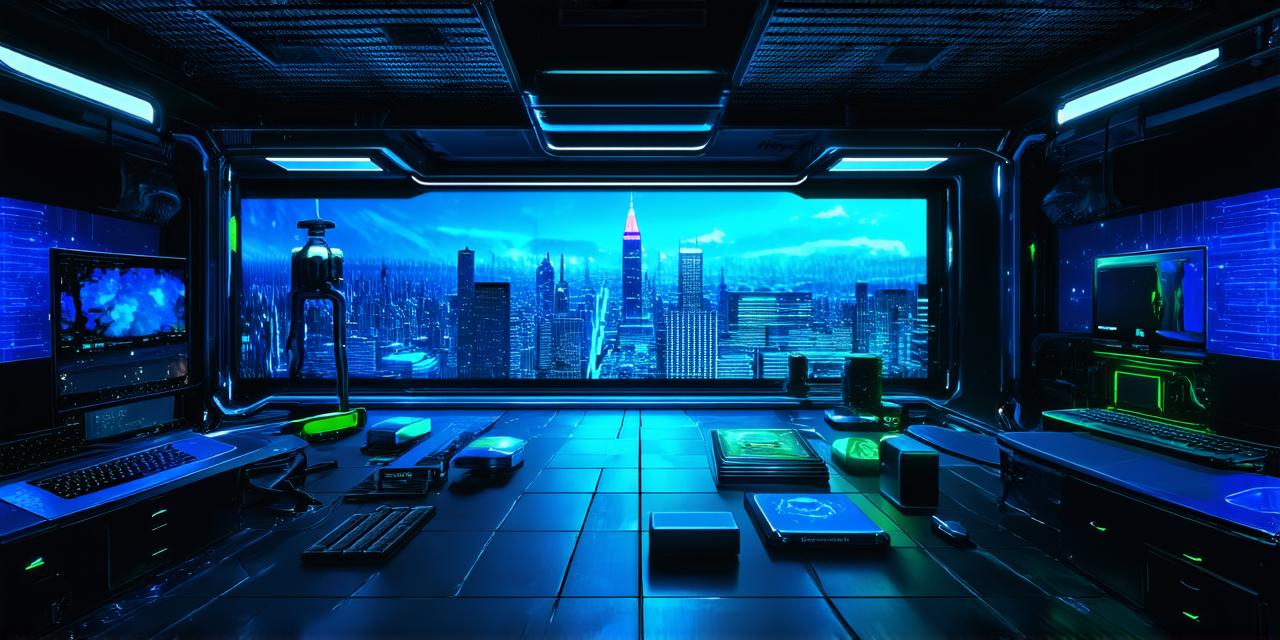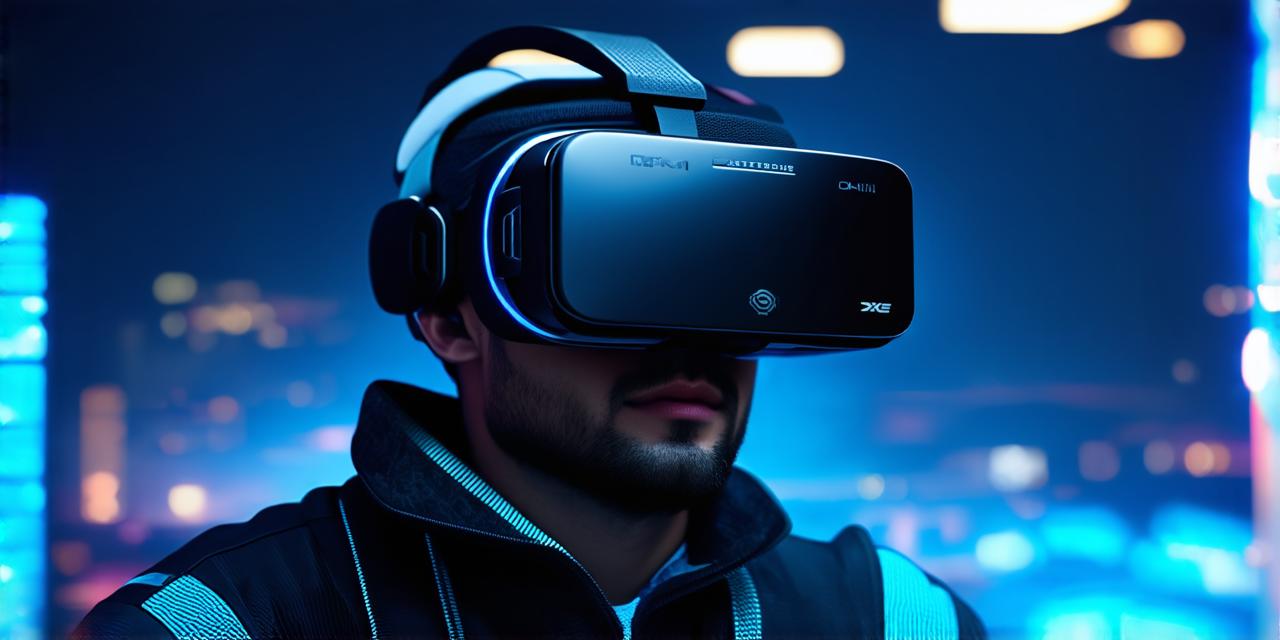Virtual reality (VR) technology has come a long way since its inception, and it is now being implemented in a variety of industries. In this article, we will explore some of the areas where virtual reality is making an impact and how it is changing the way people work and interact with each other.
1. Gaming:
Virtual reality has revolutionized the gaming industry by providing players with immersive and interactive experiences that were previously impossible to achieve. VR gaming headsets, such as the Oculus Quest 2 and HTC Vive Pro Eye, allow players to enter virtual worlds and engage in games in a way that was previously unimaginable.

2. Education:
Virtual reality is also being used in education to create more engaging and interactive learning experiences. With virtual reality, students can explore historical events or scientific concepts in 3D environments, allowing them to gain a deeper understanding of the material. Virtual reality has also been used to simulate real-world scenarios for medical students, such as performing surgeries or treating patients with mental health disorders.
3. Architecture and design:
Virtual reality is becoming increasingly popular in the architecture and design industry. With virtual reality, architects and designers can create realistic 3D models of their buildings and projects, allowing clients to visualize and interact with them in a more immersive way. Virtual reality also allows architects and designers to test out different design options and make changes on the fly, without having to physically build and tear down structures.
4. Training and simulation:
Virtual reality is being used for training and simulation purposes in a variety of industries. In healthcare, virtual reality simulations can be used to train medical professionals on how to treat patients with various conditions. In aviation, virtual reality simulations can be used to train pilots on how to fly different types of aircraft. In the military, virtual reality simulations can be used to simulate real-world combat scenarios and train soldiers on how to respond to them.
5. Real estate:
Virtual reality is also being used in the real estate industry. With virtual reality, buyers and sellers can explore properties in 3D environments, allowing them to get a better sense of the space before making a purchase. Virtual reality can also be used to create virtual tours of properties, which can save time and money for both buyers and sellers.
6. Entertainment:
Virtual reality is being used in entertainment to create more immersive and interactive experiences for audiences. With virtual reality, viewers can enter virtual worlds and interact with the content in a way that was previously unimaginable. Virtual reality has also been used to create virtual concerts and other live events, allowing people to experience music and entertainment from the comfort of their own homes.
7. Tourism:
Virtual reality is being used in tourism to allow people to explore different parts of the world from the comfort of their own homes. With virtual reality, tourists can take virtual tours of famous landmarks and historical sites, without having to physically travel to them. Virtual reality can also be used to simulate real-world scenarios, such as scuba diving or skydiving, allowing people to experience these activities in a safe and controlled environment.
In conclusion, virtual reality technology is being implemented in a variety of industries, from gaming to education to healthcare. As the technology continues to evolve, we can expect to see even more exciting and innovative uses for virtual reality in the future.



